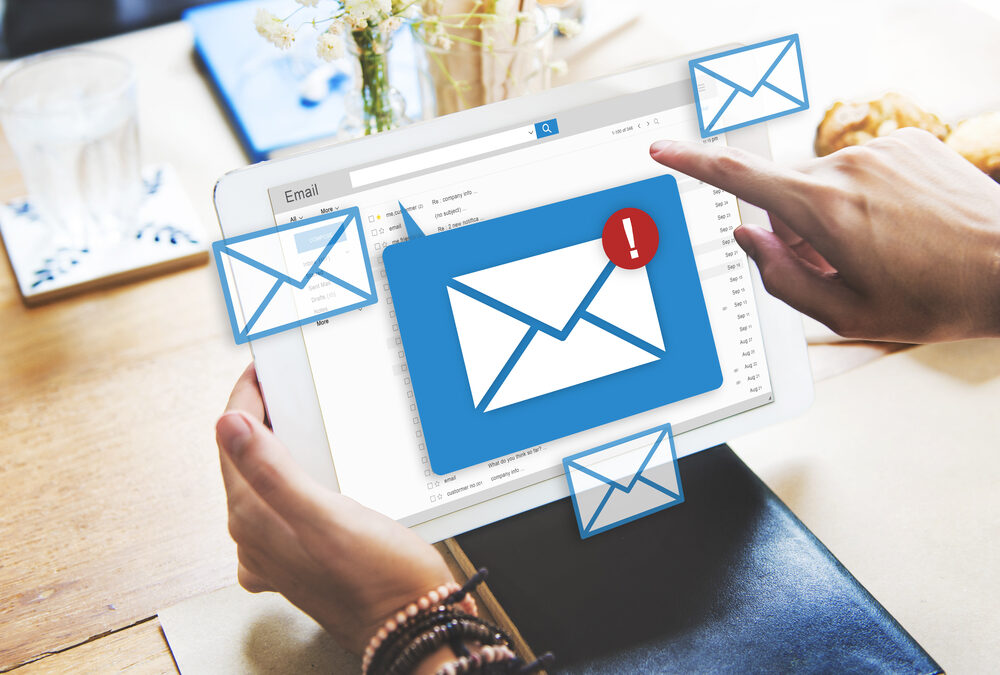Email is an essential part of professional communication across a wide range of industries. They often replace phone calls, meetings, and other face-to-face contact, and can sometimes be the primary way coworkers working remotely communicate. However, if you are using poor email etiquette, your emails could be undercutting your message. Your virtual body language is just as important to consider as the words on the digital page.
Plan When Important Emails Will Likely be Read
The last thing anyone wants is for an unexpected project to land on their desk an hour before the weekend. Your email inbox is no different. If you have an email that will require a significant amount of work from the other person, think about when they will receive it and how urgent the work is. If possible, schedule your email to go out in advance of the start of the workday. This allows your recipient to plan time to investigate and respond to your email, without interfering with their down time.
Get Help with Leadership, Conflict Resolution, and Business Strategy
Talk to a consultant who can help you make strategic decisions about the future of your business.
Email Etiquette: Smart Subject Line Choices Improve How Emails are Received
Many people don’t consider email etiquette when writing their subject lines. However, you can easily convey the importance of the email, and key information, just by putting that information in your title. For example, consider the difference between. “ASAP Meeting” and “Important Project Meeting Today 2pm Conference Room”. The first can cause your reader anxiety and buries the details. The second could almost stand on its own, with the email body just providing details and context.
Reply All: Who Really Needs to See Your Email?
Many workplaces lose productivity from a misused “Reply All” button. But putting a message “on blast” can also be hurtful to your coworkers. One aspect of emotional intelligence that benefits everyone at work is a sensitivity to public criticism, shame, or embarrassment. If your email suggests room for improvement, or raises concerns about a coworker, seriously consider who needs to see that. Avoid virtually confronting your coworker in front of the whole team. Instead, good email etiquette suggests sending that message privately and only cc’ing (or bcc’ing) your supervisor if necessary.
Consider Your Digital Tone of Voice
A lot of email etiquette comes down to the words in the document. Sarcasm, criticism, and jokes can all fall flat over text. That is why it is crucial to consider your digital tone of voice.
Avoid All Caps
There is no need to shout in an email. But writing something in all capital letters (LIKE THIS) conveys aggression and anger. Only use all caps for acronyms (i.e. ASAP or FYI).
Keep a Polite, Professional Tone
When discussions get heated, it can be easy to be hostile when the other person is not present in the room. However, email etiquette suggests that, whenever possible, you de-escalate conflict. This can be done by using a polite, professional tone, and by slowing the pace of your responses. Remember that the reader is a person – your coworker – and you will need to work with them again in the future.
Limit Emojis Based on Your Work Environment
Many workplaces like to keep things casual. Sometimes that takes the form of informal language in professional emails. Some industries, like advertising, have begun making smart use of emojis or emoticons in their emails. However, in most industries, these symbols signal that an email is unimportant and unprofessional. Use them sparingly.
Be Specific in Asking for Action
One of the biggest challenges in email etiquette is getting a response that directly answers your question or addresses your concern. To do that, you will need to be specific in your “call to action” or the requests you make of the other person. Remember that being direct does not mean making demands. You can still be polite. But also be specific about what you need from the other person, and any deadlines you have for getting that information.
Acknowledge Emails, Even When You Can’t Respond Fully
No one wants to be “left on read.” Strong email etiquette requires that you respond to most emails within 1 to 2 business days. This is true even if the response is simply “I’ll get back to you on that.” Sometimes you will need more time to gather your thoughts, or research the issue presented. However, providing a prompt response lets the person know you are treating their email seriously, and when to expect a response.
This is especially true when you are out of the office. In most industries, you aren’t expected to respond to emails during your vacation or while you are sick. However, the people sending you emails may not know that you are out of the office. Be sure to set an auto-responder on your email inbox, informing those on your contact list that you are away, and when you expect to be back.
Clear communication is the key to email etiquette. By thinking about your words, and your “virtual body language” you can manage your reader’s emotional response to your email, improve communication, and in turn, foster stronger workplace relationships.
David Stanislaw is a leadership and executive coach with over 30 years’ experience helping managers and leaders understand their employees and communicate effectively. Contact us to meet with David and improve your emotional intelligence today.


Recent Comments